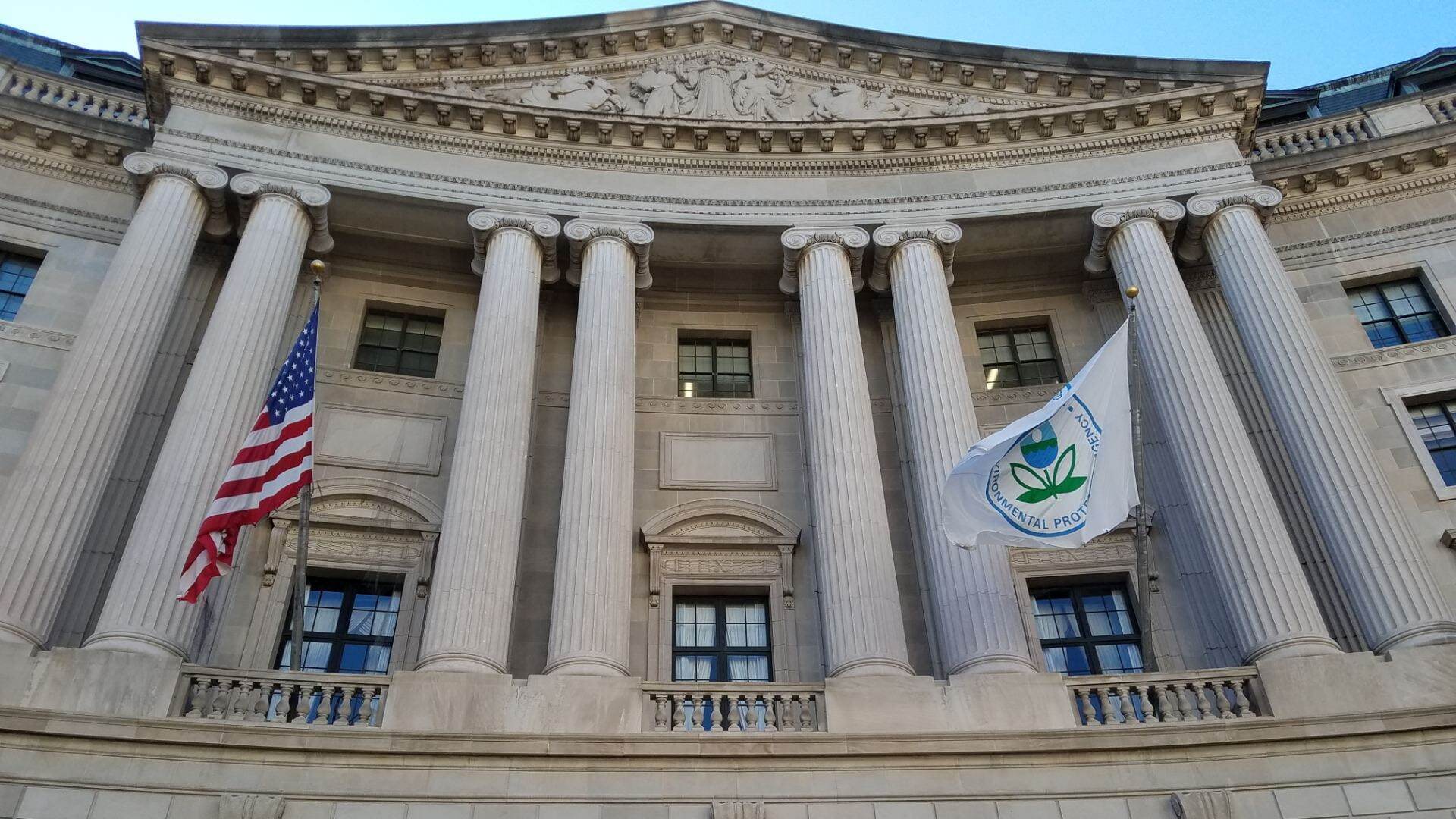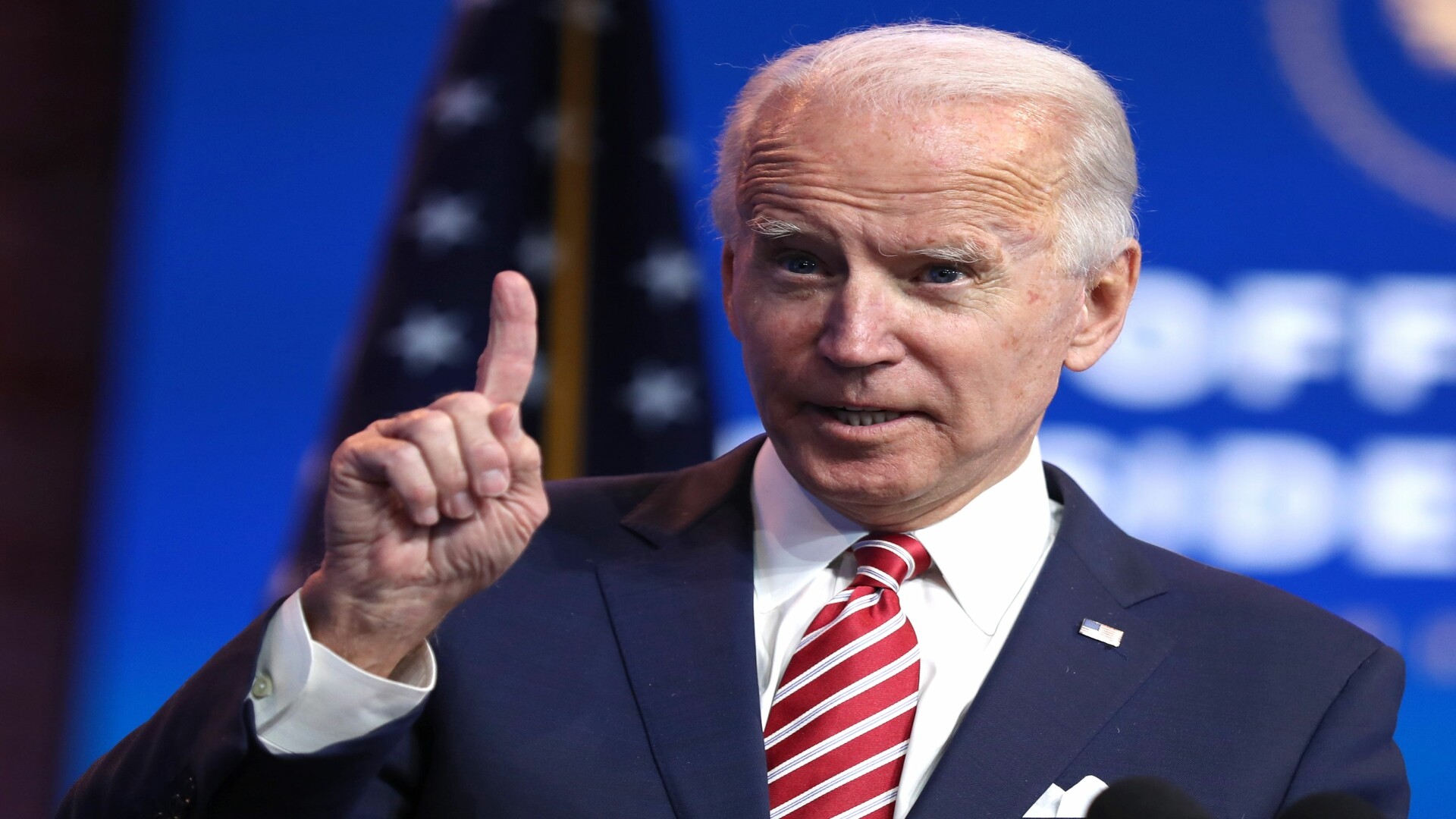As California and several other states set timelines to phase out the sale of new internal-combustion-engine (ICE) vehicles within the next decade, attention has turned to the federal government to see if similar measures would be implemented nationwide. Recently, the Biden administration responded with new EPA emission standards, marking a significant step towards reducing vehicle pollution.
EPA Administrator Michael S. Regan and National Climate Advisor Ali Zaidi announced these regulations in Washington D.C., hailing them as the “strongest vehicle pollution technology standard ever finalized in United States history.” These standards, applicable to vehicles manufactured between the 2027 and 2032 model years, aim to prevent over 7 billion tons of carbon pollution.
However, the new regulations also offer some concessions to automakers, acknowledging the challenges they face in transitioning to electric vehicles (EVs). John Bozzella, President and CEO of the Alliance for Automotive Innovation, praised the revised standard, acknowledging that it addresses concerns raised by automakers regarding the feasibility of the original proposal.
While the EPA claims the new standard is the toughest yet, Bozzella’s remarks suggest that it provides some relief to automakers by allowing for a more gradual transition.

Specifically, the standard mandates stricter limits on greenhouse gas emissions per mile but allows automakers more time to achieve these targets, offering flexibility in how they meet the requirements.
It’s crucial to clarify that despite political rhetoric branding these regulations as a “gas car ban,” there is no explicit mandate to eliminate ICE vehicles. President Biden has emphasized his goal for half of new cars and trucks sold in 2030 to be zero-emissions vehicles, but this doesn’t equate to a ban on gas cars. Rather, the aim is to incentivize the production of electrified vehicles, including hybrids and battery-electric vehicles (BEVs).
Critics of Biden’s agenda have accused him of restricting consumer choice and forcing EV adoption. However, the EPA standards focus solely on emissions limits and do not dictate the type or quantity of vehicles manufacturers must produce. Automakers have the flexibility to achieve compliance through various means, including producing cleaner gas-powered vehicles or increasing the production of hybrids and EVs.
In the short term, these regulations are unlikely to impact the average car buyer significantly. Classic vehicles and gas-powered cars will remain available, and consumers won’t be compelled to purchase an EV immediately. However, they may notice a greater variety of hybrid options from automakers in the coming years as the industry continues its transition toward cleaner transportation solutions.

